Liam Burrows
Weakly supervised segmentation with point annotations for histopathology images via contrast-based variational model
Apr 07, 2023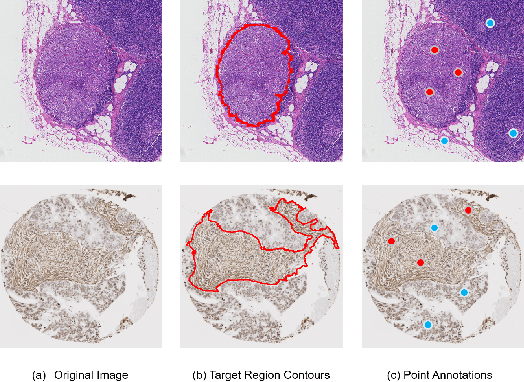
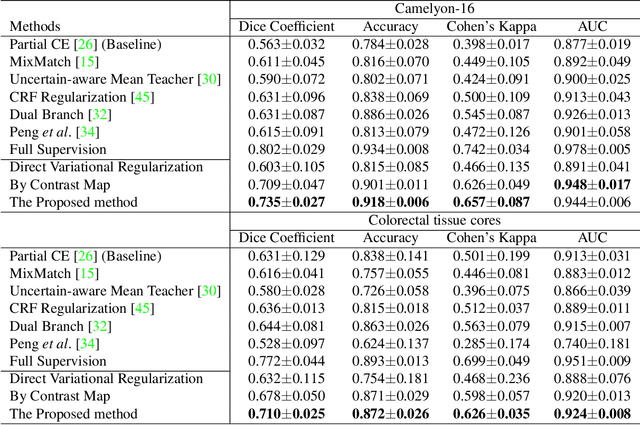
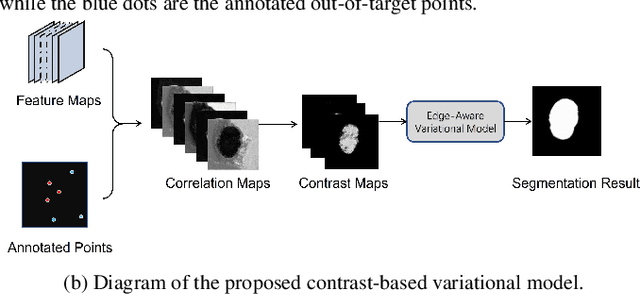
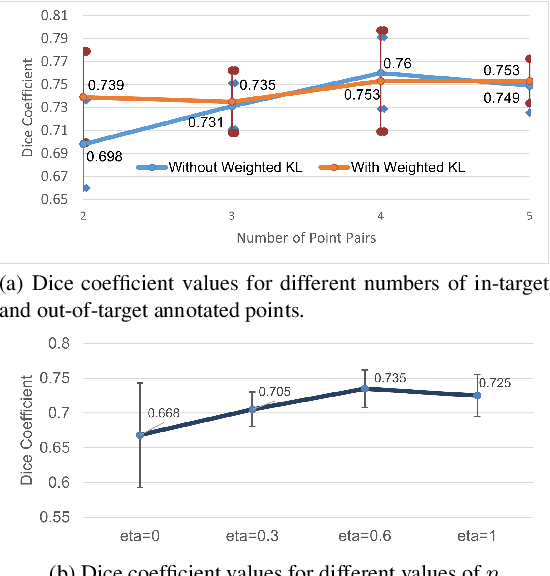
Abstract:Image segmentation is a fundamental task in the field of imaging and vision. Supervised deep learning for segmentation has achieved unparalleled success when sufficient training data with annotated labels are available. However, annotation is known to be expensive to obtain, especially for histopathology images where the target regions are usually with high morphology variations and irregular shapes. Thus, weakly supervised learning with sparse annotations of points is promising to reduce the annotation workload. In this work, we propose a contrast-based variational model to generate segmentation results, which serve as reliable complementary supervision to train a deep segmentation model for histopathology images. The proposed method considers the common characteristics of target regions in histopathology images and can be trained in an end-to-end manner. It can generate more regionally consistent and smoother boundary segmentation, and is more robust to unlabeled `novel' regions. Experiments on two different histology datasets demonstrate its effectiveness and efficiency in comparison to previous models.
Using Deep Image Prior to Assist Variational Selective Segmentation Deep Learning Algorithms
Dec 01, 2021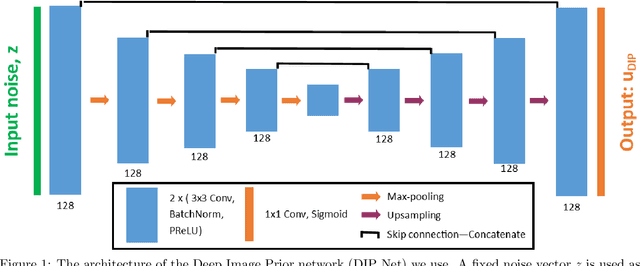

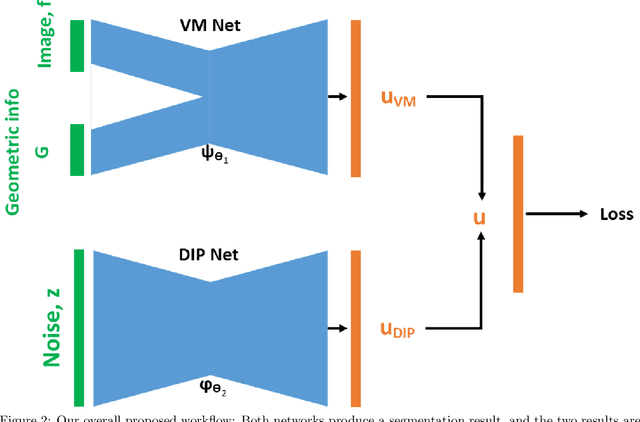

Abstract:Variational segmentation algorithms require a prior imposed in the form of a regularisation term to enforce smoothness of the solution. Recently, it was shown in the Deep Image Prior work that the explicit regularisation in a model can be removed and replaced by the implicit regularisation captured by the architecture of a neural network. The Deep Image Prior approach is competitive, but is only tailored to one specific image and does not allow us to predict future images. We propose to incorporate the ideas from Deep Image Prior into a more traditional learning algorithm to allow us to use the implicit regularisation offered by the Deep Image Prior, but still be able to predict future images.
 Add to Chrome
Add to Chrome Add to Firefox
Add to Firefox Add to Edge
Add to Edge